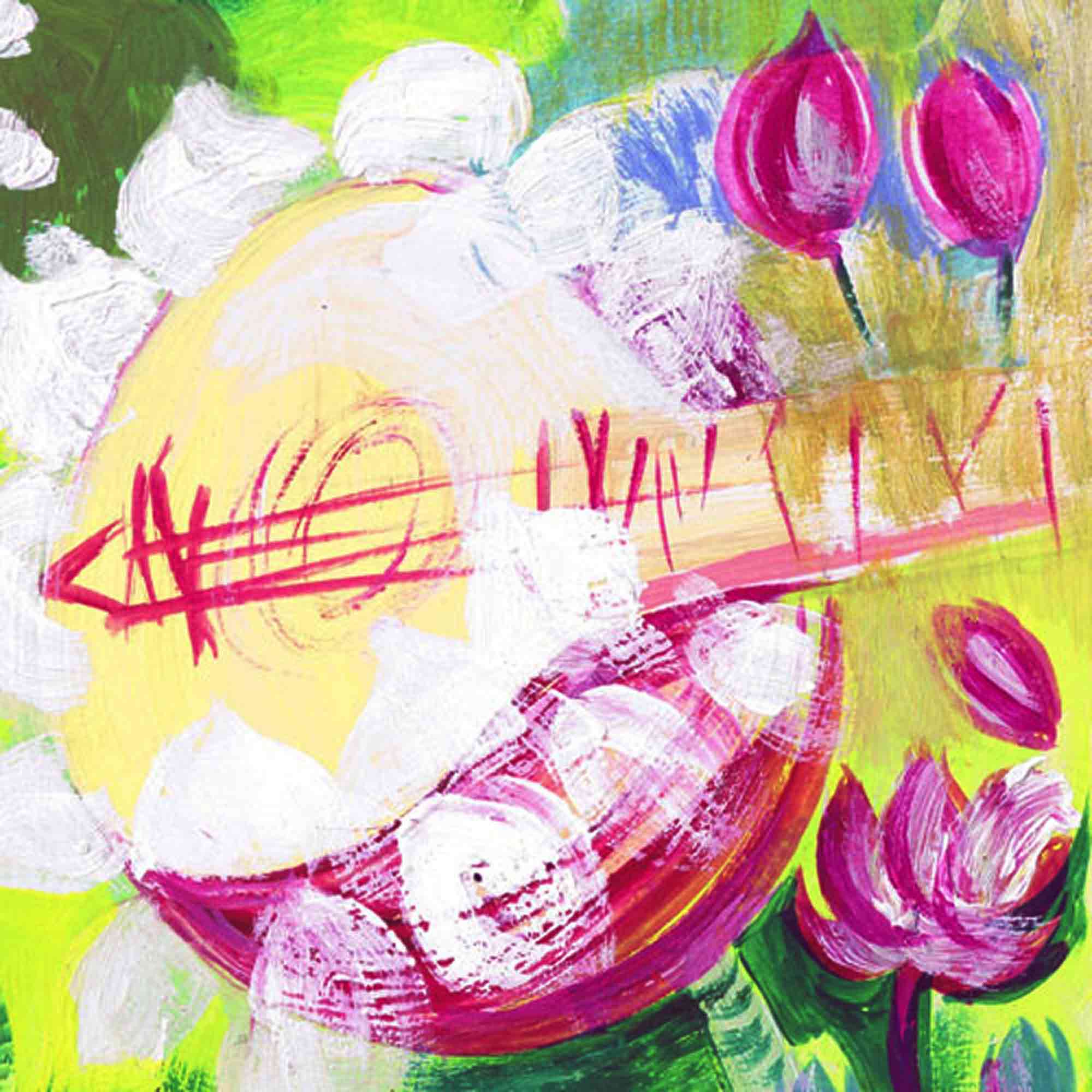His publications include a critically acclaimed reference work, The Oxford Illustrated Companion to South Indian Classical Music (“the most thorough study of Carnatic music” according to historian of religions and musicologist Guy L. Beck), and articles for journals and exhibition catalogues. Find his publications on www.worldcat.org >>
“Thinking and learning in South Indian Music” in: Cslovjecsek, Markus, and Madeleine Zulauf. Integrated Music Education: Challenges of Teaching and Teacher Training, 2018.
“Raum für Ideen? Zeit zum Spiel! Zum Sinn eines unbefangeneren Umgangs mit der ‘klassischen’ Musik Indiens” in: Schmidt-Hahn, Claudia. Über Europa Hinaus – Indiens Kultur Und Philosophie: Disputationes 2015, 2016.
“Serenading the World: The Music of the Santals” in: Beltz, Johannes, Marie-Ève Celio-Scheurer, and Ruchira Ghose. Cadence and Counterpoint: Documenting Santal Musical Traditions, 2015.
“Eine kleine Weltmusik: Die Musik der Santal” in: Beltz, Johannes. Klangkörper: Saiteninstrumente Aus Indien. Zürich: Museum Rietberg, 2014.
“Musik und Tanz in der indischen Mythologie” in: Wiegand, Hermann, and Arnd A. Both. Musik Welten. Heidelberg: Verlag Regionalkultur, 2011.
Pesch, Ludwig. The Oxford Illustrated Companion to South Indian Classical Music. New Delhi: Oxford University Press, 2009 [2nd rev. ed.].
Article on South Indian music (in Dutch) in: Preludium: Concertgebouw-nieuws [uitgave ter gelegenheid van het India Festival in november 2008 ]. Amsterdam: Blikman & Sartorius, 1943.
Entries on South Indian composers in: Wolpert, Stanley A. Encyclopedia of India. Detroit: Charles Scribner’s Sons, 2006.
Arun, V.C, and Ludwig Pesch. Vaitari: A Musical Picture Book from Kerala. Kerala: Natanakairali, 2006.
Pesch, Ludwig. Vaitari: Ein Musikalisches Bilderbuch Aus Kerala. Amsterdam: Eka.grata publications, 2006.
Pesch, Ludwig. A Theatre for All: Sittrarangam-the Small Theatre Madras. Amsterdam: Eka grata publications, 2002 [2nd rev. ed.].
Pesch, Ludwig. “Cosmic Order, Cosmic Play: An Indian Approach to Rhythmic Diversity” in: Rhythm, a Dance in Time ( “Ritme, dans van de tijd”). Amsterdam: Tropenmuseum, 2001.
Pesch, Ludwig. The Illustrated Companion to South Indian Classical Music. Delhi: Oxford University Press, 1999 [1st ed.].
Pesch, Ludwig, and TR Sundaresan. Eloquent Percussion: A Guide to South Indian Rhythm, with Descriptions of All the Major Karnatic Tālas and Practical Lessons for Self-Study. Amsterdam: Eka.grata publications, 1996.
Pesch, Ludwig. Vom Klang Des Glücks: Ein Leitfaden Zur Konzert-, Tanz Und Tempelmusik Südindiens. Amsterdam: Eka.grata publications, 1996.
Pesch, Ludwig. Ragadhana: An Alpha-Numberical Directory of Ragas. Irinjalakuda, Trichur District, Kerala, India: Natana Kairali, 1993 [2nd rev. ed. ].
Pesch, Ludwig. Sittrarangam: A Theatre for All, the “small Theatre“, Madras. Udipi, India: Indo-German Society, Manipal, 1988 [1st ed.].
Pesch, Ludwig. Raga Dhana: A Practical Guide to Karnatic Ragas. Udupi: Indo-German Society Manipal, 1986 [1st ed.].
See also “Unity in Diversity, Antiquity in Contemporary Practice? South Indian Music Reconsidered – Free download” >>
+ Museum Rietberg >>










